The concept of srotas as “flow-channels” within the human body presents an interesting part of classical āyurvedic theory. In the classical description (Caraka-Saṃhitā, Chapter Vi. 5, titled Srotovimāna) Srotas are envisaged as tubular structures carrying various bodily substances, the classical number being that of 11 Srotas-systems with two additional Srotas-systems in women, namely the female genital tract and the female breast. However, a short glance at the characteristics of the respective Srotāṃsi (plural-form of Srotas), especially their diseases, reveals that Srotas are not just structural components but represent a rather comprehensive perspective on structure and function of the human organism. Hence nowadays they are often understood as organ-systems.
Manovaha-srotas (“mind-carrying flow-channels”) are not mentioned among the eleven/ thirteen classical Srotas-systems but occur in the chapters on aetiology and therapy of Unmāda (“Madness”, presently often equated with Psychosis) of the Caraka-Saṃhitā, where they play an important role in the pathophysiological process leading to the manifestation of mental diseases. Here again we find that though the Manovaha-srotas are presented as tubular “structures”, they can only be understood meaningfully if we broaden our perspective. It will be argued that the notion of Manovaha-srotas shows that from ancient times onwards Āyurveda always had a very wide perspective on mental diseases: in this perspective somatic appearances are as important as psychic symptoms, “biological” aspects (which here would mean the more structural aspect of Manovaha-srotas) are taken into account as well as behavioural and social aspects. This comprehensive view of mental diseases then serves as a precondition for a comprehensive, truly holistic, therapy.

Rosenberg Ayurveda and Wellness-Consulting AG
European Academy for Ayurveda Switzerland
Büelstrasse 17
CH-6052 Hergiswil NW
info@ayurveda-symposium.org
Newsletter
* I have the Privacy policy taken note of. I agree that my details and data for answering my enquiry are collected and stored electronically.

2024 © Rosenberg Ayurveda Academy gGmbH